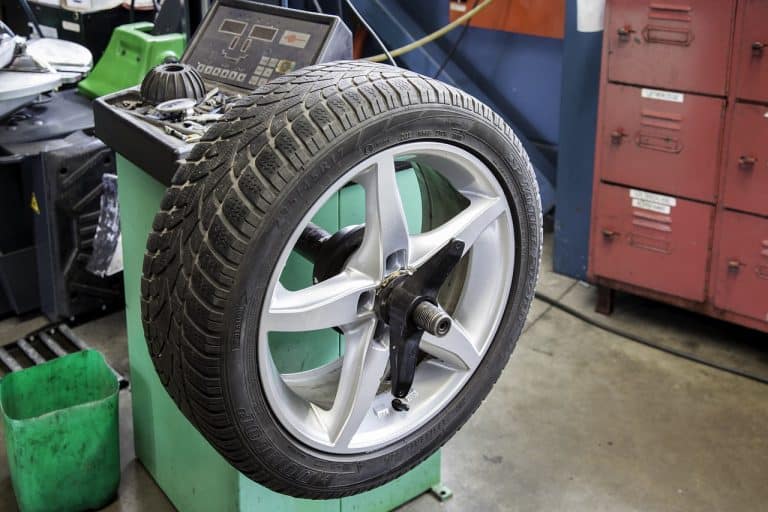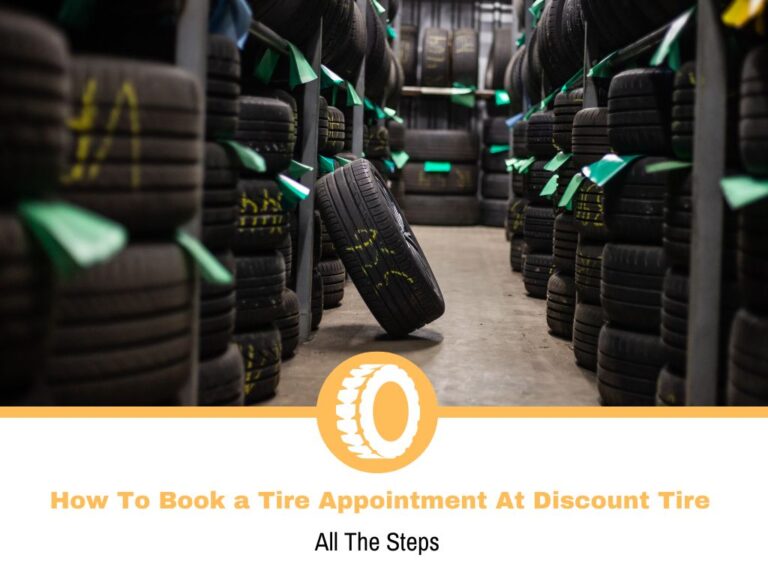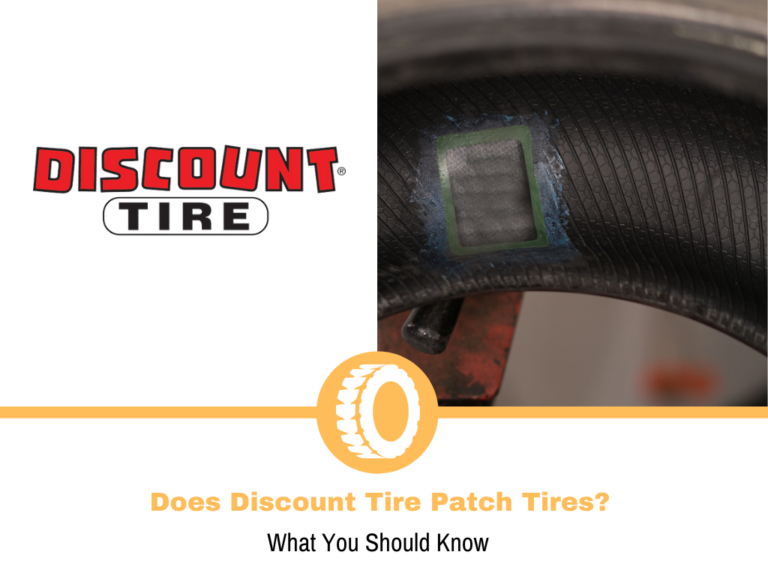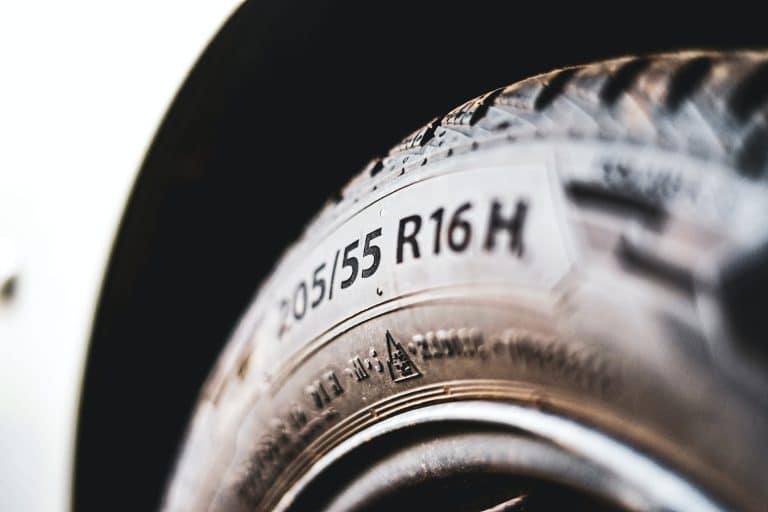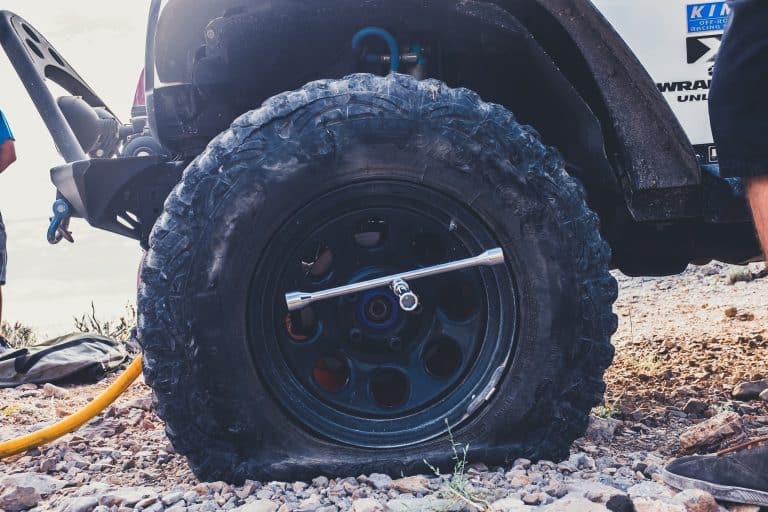Can Tires Stick Out Past Fenders?
Custom work on your vehicle is always fun. Some customizations enhance performance, whereas others just look or sound cool. One thing you might be thinking about is changing how far the tire comes out. firstly, because a wider tire on an RWD car will give you more power or simply because the car will look like a street racer.
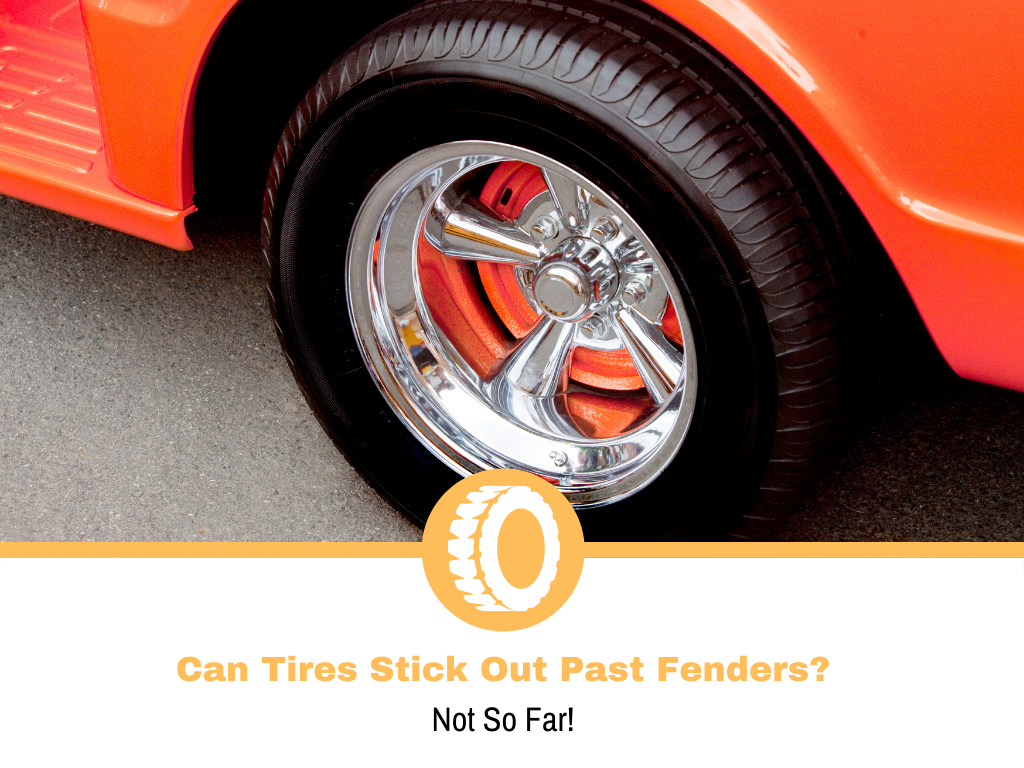
Unfortunately, it is illegal in most states for the tires to stick out past the fenders. Some states do allow an inch or two to stick out whereas other states allow it if there is a mud guard in place past the fender as well. In most cases though, it is illegal for the tire to stick out past the fender.
Why Is It Illegal for Tires to Stick Out Past the Fenders?
As with all the parts of your vehicle, the fenders are there to do a job and as with many parts that job is to do with safety. Fenders are there to stop any mud, stones, or any other debris which is kicked up from the tires from flying up and hitting other vehicles or people.
They don’t stop everything as some stones and debris are flung out to the sides, which we all have been a victim of, especially when passing big trucks. We would all have many more chips and cracks in our windshields if cars didn’t have fenders.
As I mentioned, some states do allow part of the tire to extend past the fender, however, most of the time it is only as far as where the tread starts. So pretty much just the shoulder and sidewall can be sticking out past the fender. I recommend looking up whether or not your state allows this.
What Is Considered a Fender?
With modern-day vehicles, the term fender is used less and less and technically you might not even have a “fender” on your vehicle. Today’s Volkswagen Beetles are just about the only common vehicle that still sports traditional front and rear fenders.
Most other vehicles have quarter panels at the rear or a wheel-well style fender. Whichever kind of fender your vehicle has, the rules are still the same. In most states, you cannot have the tire sticking out past the “fender.”
Both front and rear fenders are important. The rear fenders stop objects from being thrown backward and hitting vehicles or people behind. Whereas the front fender stops objects from being thrown forwards.
Objects can be thrown forwards when they get temporarily stuck in the tread, make it halfway round to the top of the tire, then become dislodged and go flying forwards.
Why The Do 2022 Formula 1 Cars Have Front Fenders?
If you are reading this and are a part of the rapidly growing F1 fandom, you might be wondering if F1 cars have fenders for the same reasons. Well, the short answer is no, F1 cars do not have fenders to prevent stones from being kicked up at other drivers.
The new front fenders or fins are located above the front wheels. They have been introduced and made standard to provide more downforce for the teams. Why do the racing cars with the most downforce in the world need more downforce?
Because of the rule changes, a lot of downforce has been lost, so the front wheel fins are there to lessen the blow a little. These new rules have been put into place to help teams and drivers race closer, more aggressively, and for longer.
Previously, the cars gave off so much “dirty air” that when they got close to the car in front of them, they would lose massive amounts of downforce. With the new regulations the air coming off the cars is far cleaner and most of the dirty air created, from the rear wing, is directed upwards, over the car behind.
Is There Anything That Can Be Done If You Want Wider Wheels?
If you really want wider wheels, there are a few things you can do. First of all, you could get custom fenders which come out further, giving you more room to play with. Almost any car can be customized to have larger fenders.
Some fenders can simply be bolted on, whereas others are seamlessly welded to the vehicle. A weld job will mean you need some new paint, but if you are into custom cars, then this is no big deal for you. Additionally, some states allow tires to extend past the fender if they are backed up by a mud flap.
What States Have Exceptions to The Rule?
There are at least two states that have exceptions to the rule, firstly Ohio and secondly Louisiana. The rule in Ohio is that half the tire needs to be covered. This means that if you want to run super-wide tires you can do so as long as the tires are halfway covered.
Ohio’s laws also apply to the height though. It does not matter how high the vehicle itself is. Whether your vehicle is 3 inches off the ground, or 3 feet off the ground like big lifted trucks, vertically half the tire need to be covered.
Louisiana is even more relaxed with its laws compared to Ohio. Louisiana has a law called Title 32 or the “street legal laws” for automobiles. There is no specified reference to how far a tire can stick out past a fender. The law simply states that a vehicle cannot have a maximum width wider than 102 inches.
Conclusion
To sum it all up, it is illegal in most states to have the tire stick out past the fenders. Some states allow the sidewall and shoulder to stick out whereas other states such as Ohio and Louisiana are far more relaxed.
If you want to rock wider tires you should either check your state’s laws or modify your vehicle to have wider fenders.
